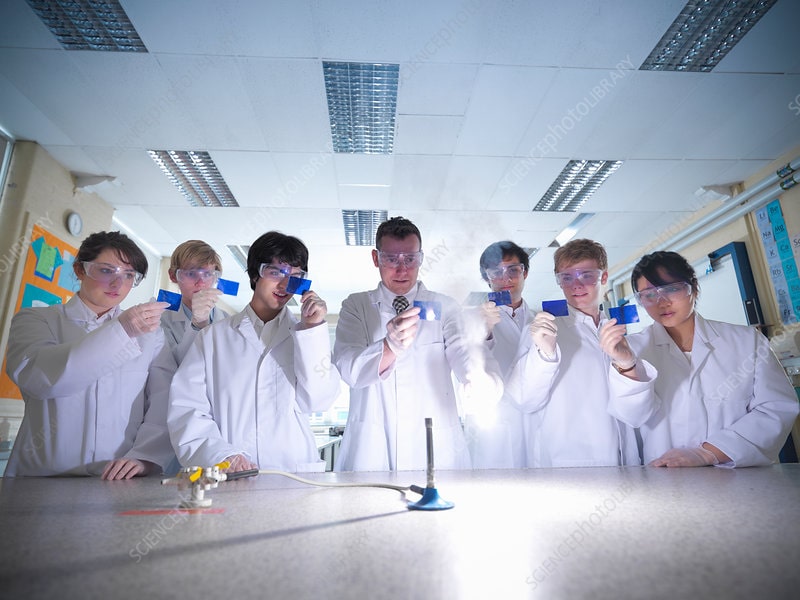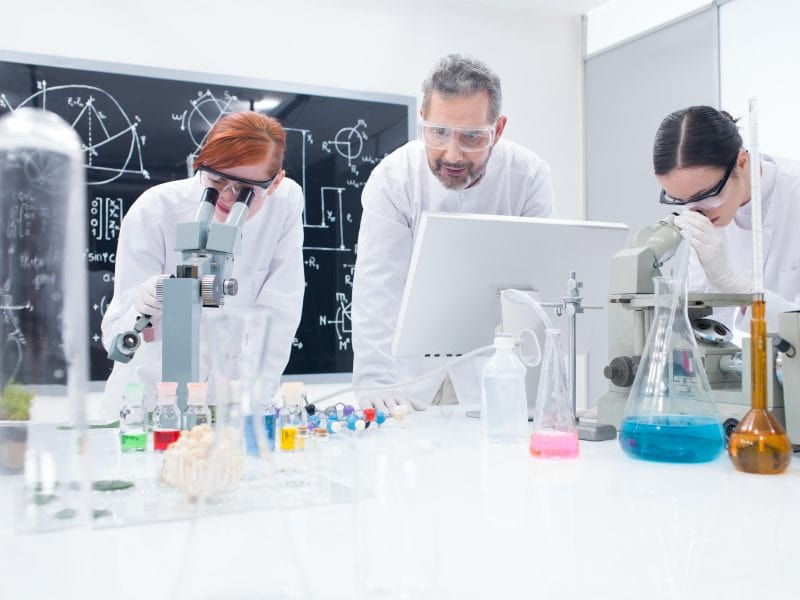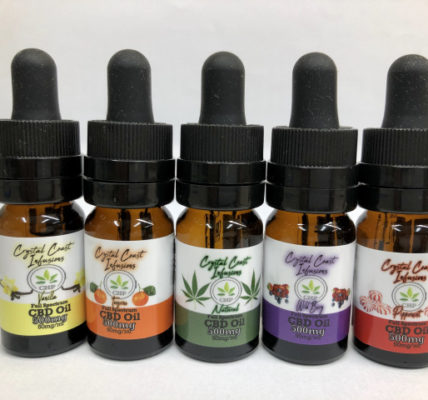An acid stimulant is typically utilized to drive a number of your natural chemistry responses. Although numerous pupils will remember these responses, I assume it is necessary for you to understand exactly how and why this operates in order to actually be able to work through the reaction. In this post, I will certainly clarify the actions that will certainly help you understand it.
A catalyst necessarily is something that quickens the response but does not get consumed at the same time. What this does instead is reduced the activation energy by helping the particles in reacting the means you want them. If you take place to make use of the catalyst in the response as you will see in several organic chemistry reactions, the driver will certainly be regenerated or changed in the last step to make sure that it can remain to help added associated reactions.
The acid stimulant reagent is normally created with the acid over the response arrowhead. For instance you will commonly see H2SO4 or H3PO4 standing for sulfuric or phosphoric acid. In some cases you will see WATER composed under the response arrowhead but occasionally you will just see the actual acid species. Nonetheless, when you see the acid, you need to recognize that this is a liquid remedy which indicates that it has to be liquified in water.
When doing the reaction, trainees are usually puzzled regarding where the added water molecules originate from. Take into consideration the concept of a strong acid. If you have a solid acid with a pH of 2, this suggests that there is one acid or one H+ ion for each 1 times 10 ^ 2 significance 100 water molecules.

This implies for every single acid, you have 100 water molecules. If the pH is 3, that’s one acid for every thousand and more. That suggests there is practically an unlimited number of water particles to aid in the response. The acid in question such as phosphoric or sulfuric acid will dissociate in water so that the H+ comes off leaving you with a conjugate ion or conjugate unfavorable ion in solution which we will certainly not check out for these mechanisms
The H+ however is not enabled to continue to be totally free in solution. Because water has a partly polar oxygen it will certainly use among its single electrons to grab the favorable hydrogen. The oxygen in this water particle now has 3 bonds and also simply one single pair of electrons which gives you an oxonium or a positive oxygen. An oxonium is an oxygen with an official charge of +1. Although the oxygen declares, it is still an electronegative atom and also will certainly never ever be assaulted straight by the catalysts in solution.
Instead oxygen will hand down some of that positivity to the hydrogen atoms that it is attached to. The Starting particles in solution will instead connect for and also get one of the hydrogens instead of the oxygen itself.
When a particle orders the hydrogen, the electrons that attach hydrogen to oxygen will certainly collapse onto the oxygen, offering you back your water particle. The H that was eliminated is currently assisting to boost or kick-start your organic chemistry reaction system.








